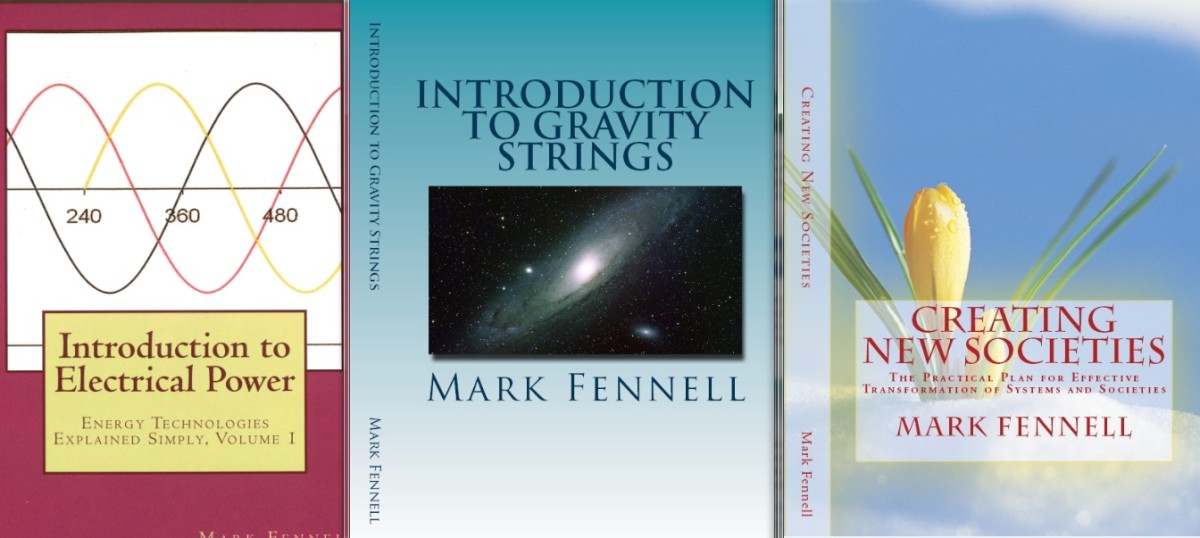Research for Solar Power Publications
The background research for the Solar Power publications actually began long before I started this series of books.
I worked in the semiconductor industry for a while, as a manufacturing engineer. The semiconductor is of course the basic component of the solar cell. Therefore, because of my studies and practical experience related to semiconductor design and manufacturing, I was already very familiar with the technical aspects of solar cells.
Indeed, this was one of the first decisions to make when writing this book: how in-depth do I want to go? I decided to teach the basic processes. I knew I wanted to teach the possible other (undesired) processes, and the resulting lack of efficiency. I then added some additional technical information for those who are interested.
Yet I could have taken it much further. Instead, I decided to leave the more advanced discussions of solar cells to other authors.
I did, however, want to talk about the main areas of advanced solar cell design. These technologies are improving all the time. However I decided to go with what I believed to be the most important areas of advanced designs. Again, I knew much of these details before I started this project, and then read other technical material to learn additional design details as of the time I wrote this book.
Electromagnetic energy is another area of research for me. EM has always been an interest, a passion. This of course has led to numerous discoveries (including the solution to particle-wave duality) and a series of publications.
Therefore, I studied much of EM science, including energies, scattering in sky, and ability to excite electrons into current. It was also important for me to study how different wavelengths of EM will be absorbed by one type of material, and yet pass through completely to the material below. Some of this knowledge is put into the publications on solar power, while other items have been set aside for other publications.
A third area of study was astronomy. Solar power inherently involves the positioning of the Sun relative to Earth. Therefore, it was important to study the geometry of solar rays coming from the sun to the earth at different angles – depending on the location of the Earth and the day of the year. The details that I studied in texts and drew on paper could then be summarized into the most important practical points. Those short summaries are what I offer in the solar power publications.
All the research I have done for this book was meant to be useful and practical. The basic operation of the solar cell is based on my personal experience as a semiconductor engineer, while the practical tips on design choices and orientation are based on research of engineering texts combined with my own drawings and calculations.
